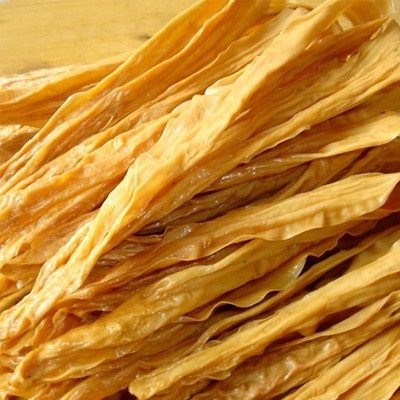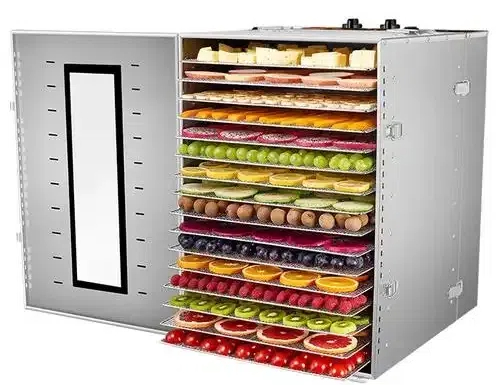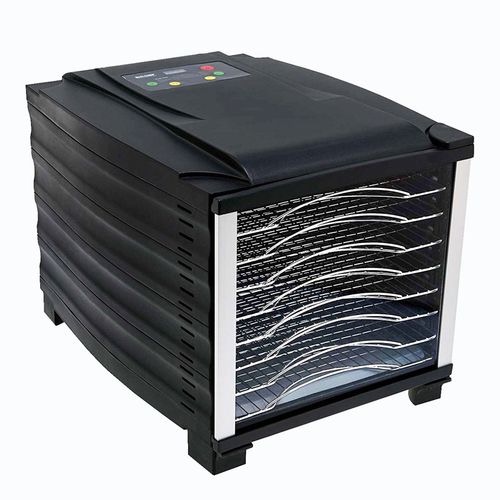
Content Menu
● Introduction
● Understanding Food Drying Machines
● The Food Drying Process
● Benefits of Using Food Drying Machines
● Comparison of Different Types of Food Drying Machines
● Innovations in Food Drying Technology
● Applications of Food Drying Machines
● Conclusion
● Frequently Asked Questions
>> 1. What is the best temperature for drying fruits?
>> 2. How long does it take to dry vegetables?
>> 3. Can I use a regular oven for food drying?
>> 4. What foods should not be dehydrated?
>> 5. How do I store dried foods properly?
Introduction
Food drying is one of the oldest methods of food preservation, dating back thousands of years. This technique not only extends the shelf life of various foods but also concentrates their flavors and nutrients. In today's fast-paced world, food drying machines have become essential tools for both home cooks and commercial food producers, allowing for efficient and effective dehydration processes.

Understanding Food Drying Machines
Food drying machines, commonly known as dehydrators, are appliances designed to remove moisture from food items. They come in various forms, from small home units to large industrial machines capable of processing significant quantities of food. The primary purpose of these machines is to create an environment where moisture can be efficiently evaporated, thus preserving the food for longer periods.
The Food Drying Process
The dehydration process involves several key steps. Initially, food is prepared by washing, slicing, and sometimes blanching. The food is then placed in the drying machine, where warm air circulates around it. The temperature, humidity, and airflow are critical factors that influence the drying efficiency. Typically, fruits and vegetables are dried at temperatures ranging from 135°F to 145°F (57°C to 63°C), while meats may require higher temperatures to ensure safety.
Benefits of Using Food Drying Machines
Using food drying machines offers numerous benefits. One of the most significant advantages is the preservation of nutrients and flavors. Unlike canning or freezing, which can alter the taste and texture of food, drying retains much of the original quality. Additionally, dried foods have a much longer shelf life, making them ideal for storage and emergency preparedness. Furthermore, food drying is a cost-effective method of preserving seasonal produce, reducing waste, and promoting sustainability.

Comparison of Different Types of Food Drying Machines
When it comes to food drying machines, there are two main categories: home dehydrators and commercial food dryers. Home dehydrators are typically smaller, designed for personal use, and are perfect for drying fruits, vegetables, and herbs. In contrast, commercial food dryers are larger, more powerful, and capable of handling bulk quantities, making them suitable for businesses that require high-volume production. Each type has its advantages and disadvantages, depending on the user's needs.
Innovations in Food Drying Technology
Recent advancements in food drying technology have led to more energy-efficient and eco-friendly designs. Modern dehydrators often feature digital controls, adjustable temperature settings, and improved airflow systems that enhance drying efficiency. Some machines even incorporate smart technology, allowing users to monitor and control the drying process remotely.
Applications of Food Drying Machines
Food drying machines are used across various industries, including snack foods, herbs, and meats. For instance, the production of dried fruits and vegetable chips has gained popularity due to their health benefits and convenience. Additionally, the meat industry utilizes dehydrators for making jerky, a high-protein snack that is easy to store and transport. Case studies of successful food drying operations highlight the versatility and profitability of these machines.
Conclusion
In conclusion, food drying machines play a crucial role in food preservation, offering a practical solution for extending the shelf life of various products while maintaining their quality. As technology continues to evolve, we can expect even more efficient and user-friendly machines to emerge, further enhancing the food drying process.

Frequently Asked Questions
1. What is the best temperature for drying fruits?
The ideal temperature for drying fruits typically ranges from 135°F to 145°F (57°C to 63°C) to ensure proper dehydration without compromising quality.
2. How long does it take to dry vegetables?
Drying times for vegetables can vary widely, generally taking anywhere from 6 to 12 hours depending on the type and thickness of the slices.
3. Can I use a regular oven for food drying?
Yes, a regular oven can be used for drying food, but it may not be as efficient as a dedicated dehydrator, and it requires more monitoring.
4. What foods should not be dehydrated?
Foods with high-fat content, such as avocados and olives, are not ideal for dehydration as they can become rancid.
5. How do I store dried foods properly?
Dried foods should be stored in airtight containers in a cool, dark place to maintain their quality and extend shelf life.












